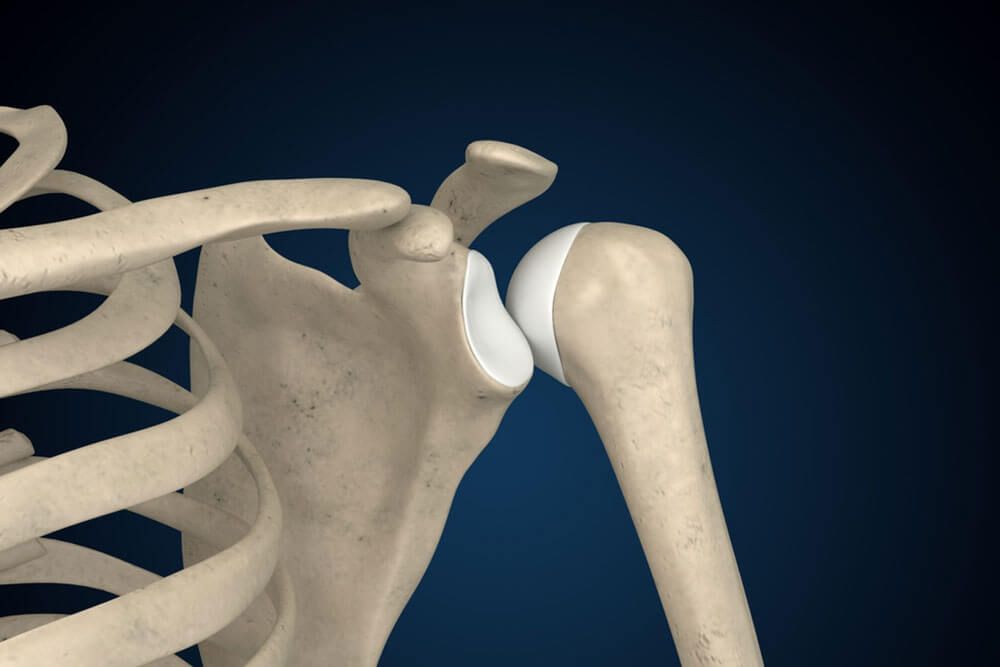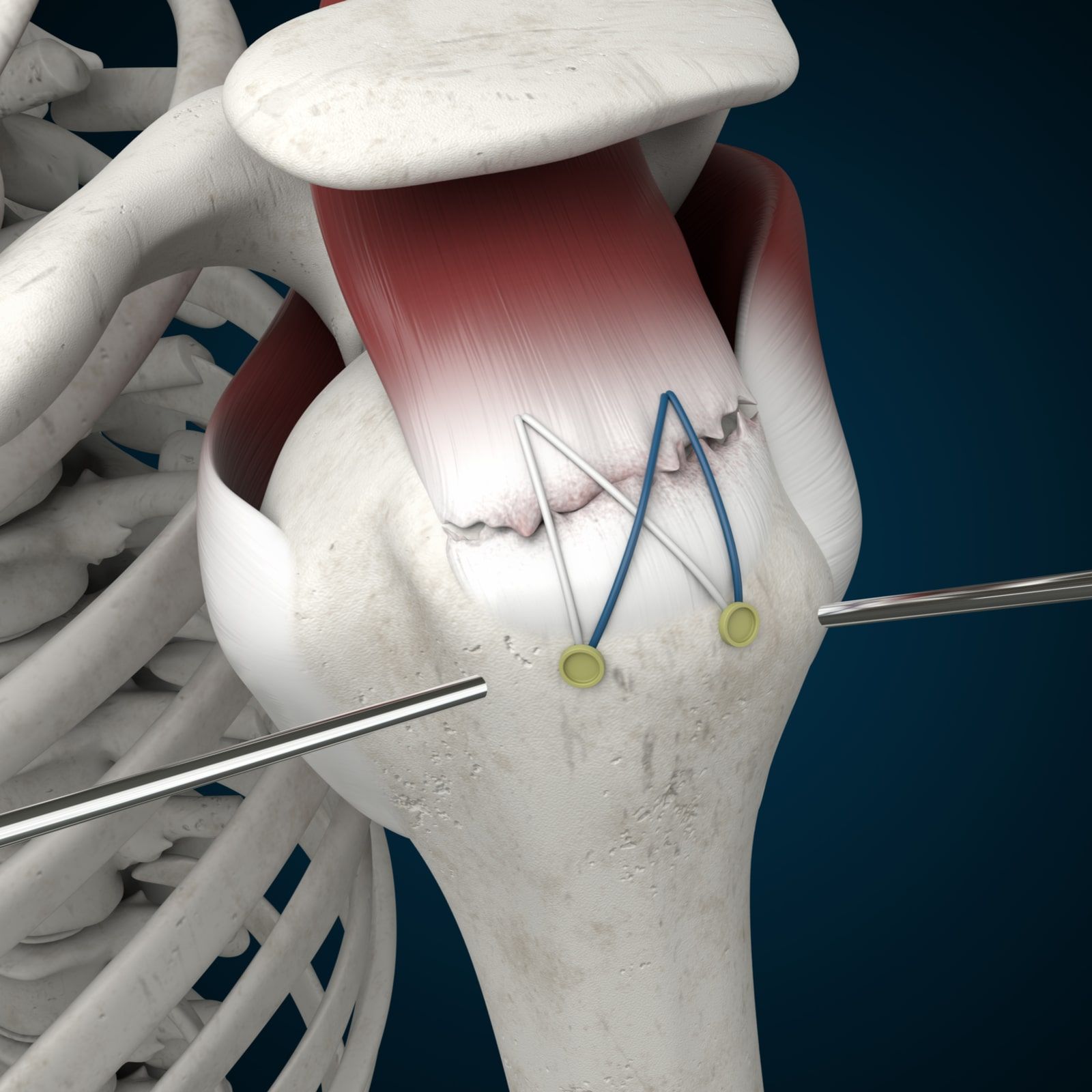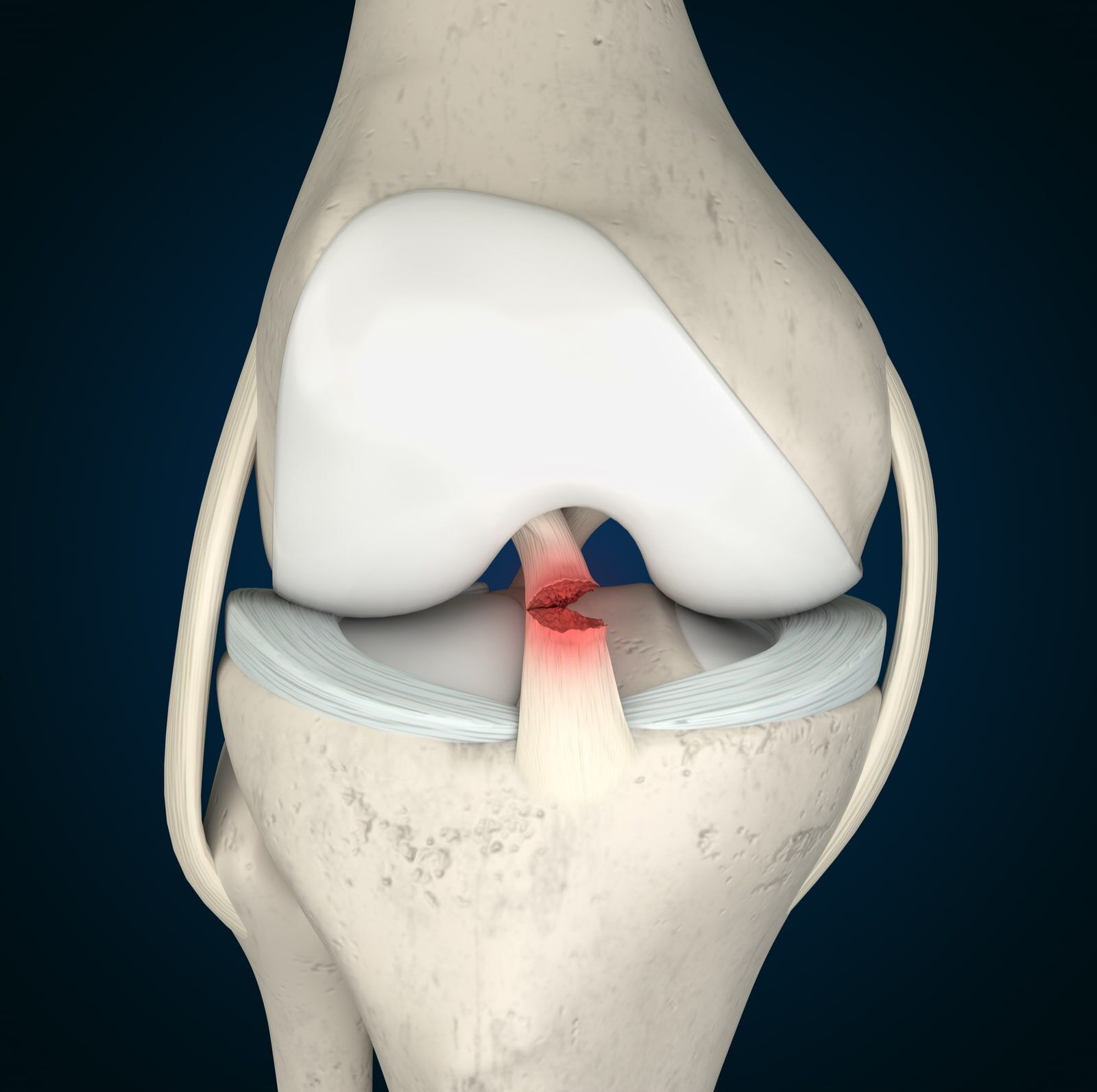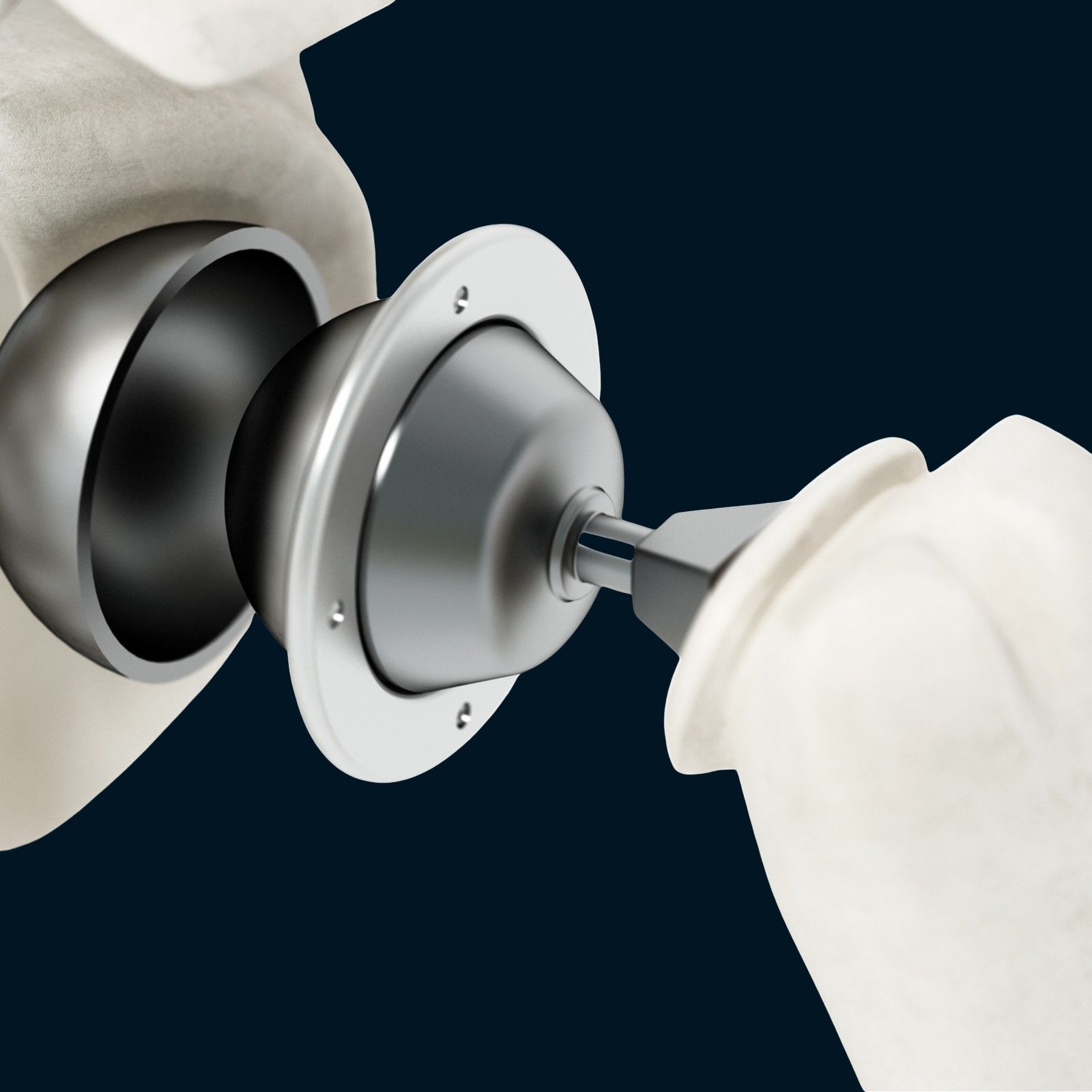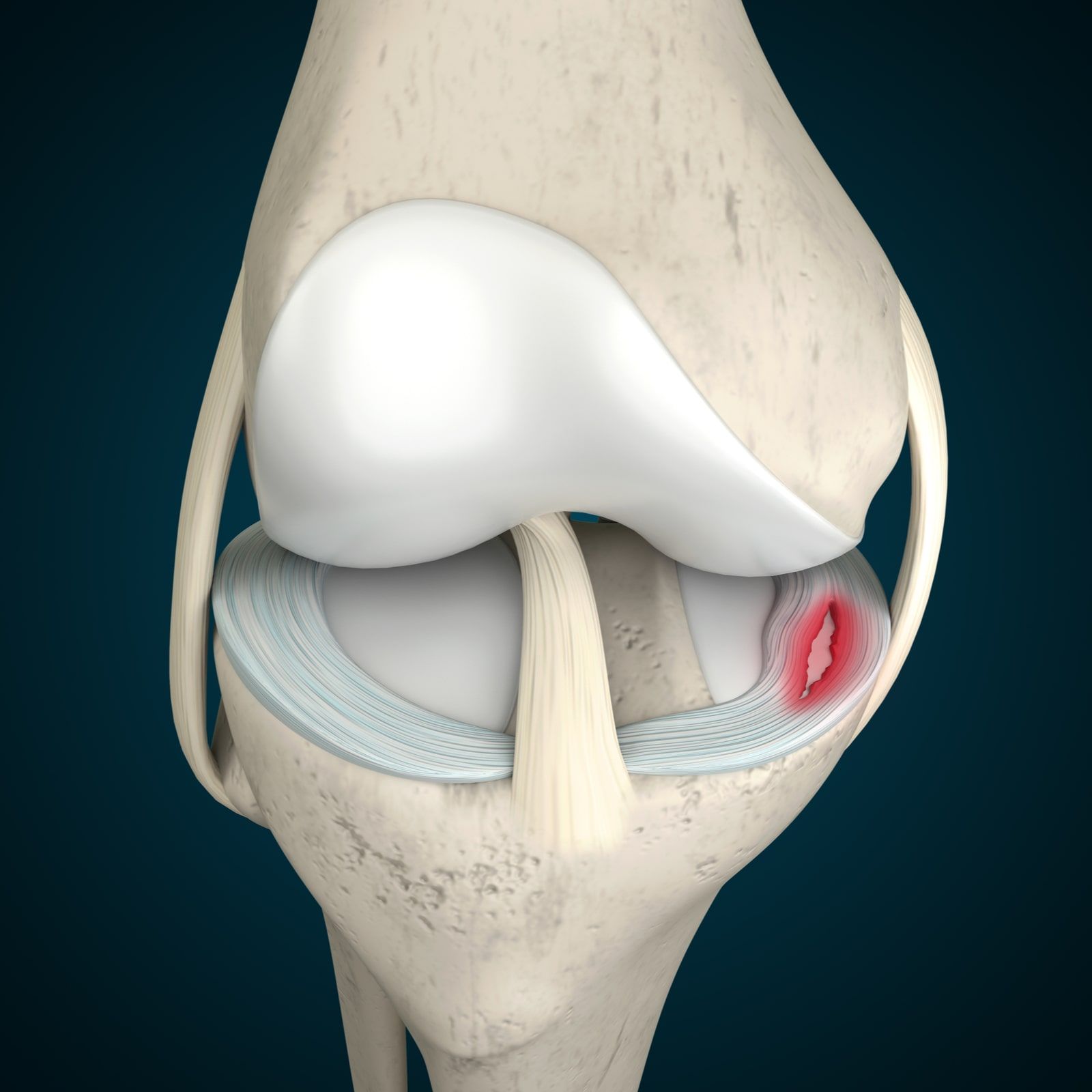Shoulder instability refers to a condition where the shoulder joint is prone to dislocation or subluxation, meaning the upper arm bone (humerus) partially or completely slips out of the shoulder socket (glenoid). This can occur due to injury, overuse, or structural abnormalities in the shoulder joint, leading to pain, weakness, and recurrent episodes of instability.
Did you know?
Shoulder instability is more common in individuals with certain hypermobile joints, such as those with Ehlers-Danlos syndrome, a group of connective tissue disorders characterized by joint hypermobility and skin laxity.
Frequently Asked Questions
What causes shoulder instability?
Shoulder instability can be caused by traumatic injury, repetitive stress, overuse, or underlying structural abnormalities in the shoulder joint, such as ligament laxity or bone defects.
How is shoulder instability diagnosed?
Diagnosis of shoulder instability typically involves a physical examination, medical history review, imaging tests such as X-rays, MRI, or CT scans, and possibly specialized tests such as shoulder arthroscopy to evaluate the extent of the instability and identify any associated injuries.
What are the treatment options for shoulder instability?
Treatment options for shoulder instability depend on the underlying cause, severity of symptoms, and patient’s lifestyle and activity level. Conservative treatments may include rest, physical therapy, shoulder strengthening exercises, and bracing. In cases of recurrent instability or severe symptoms, surgical intervention such as shoulder stabilization surgery may be recommended to restore stability and prevent further dislocations.
